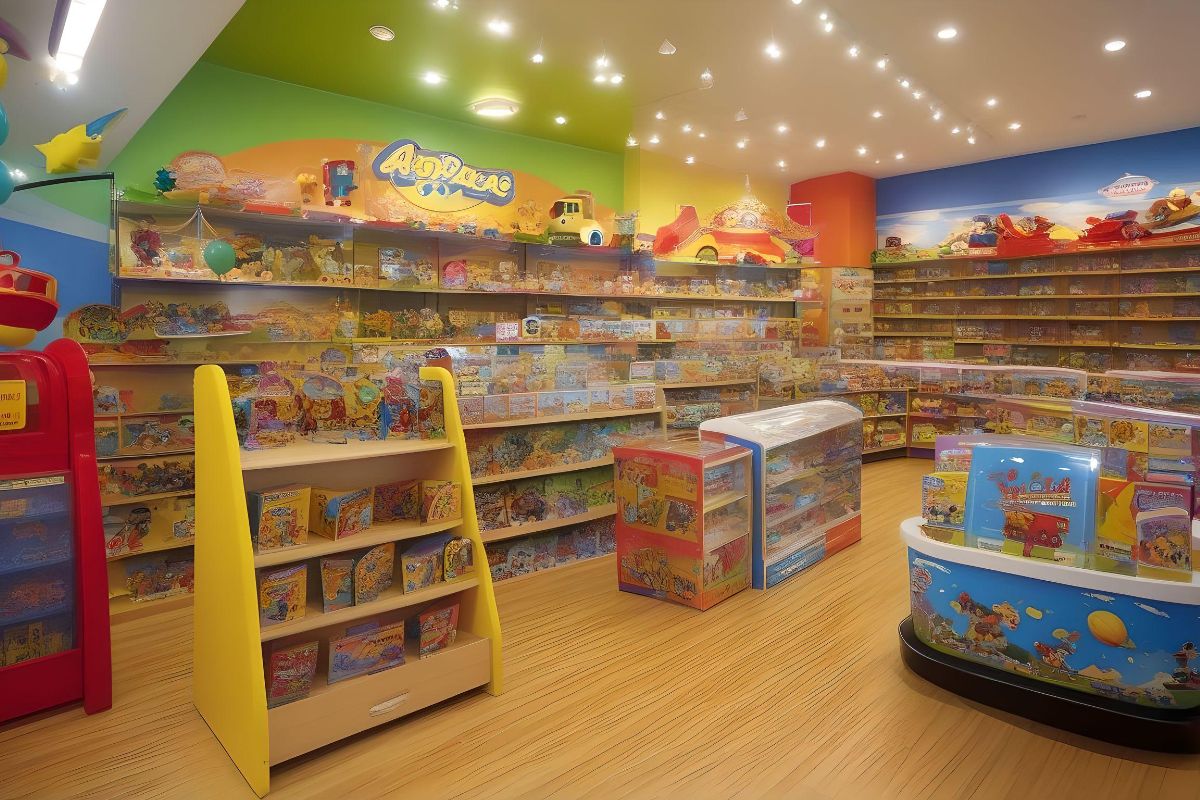
When it comes to toys, safety is very important. For retailers, understanding the ins and outs of toy safety is crucial to maintaining customers’ trust and upholding ethical business practices. But if you’re new to toy retailing, then you’re in the right place.
This article discusses regulatory issues, toy risks, testing and certification, retailers’ safety responsibilities, and other factors you need to know as a toy retailer.
Toy Regulatory Landscape
Toys are meant to bring joy, not harm. This is why there are regulations in place to ensure the safety of the little ones. Regulatory bodies like the Consumer Product Safety Commission (CPSC) set strict toy standards. These standards aim to prevent hazards such as choking or exposure to harmful chemicals.
Compliance with these regulations is not just a suggestion; it’s a legal requirement. Retailers must stay informed about these standards to guarantee the toys they sell meet safety criteria. Non-compliance can lead to serious consequences, including recalls and damage to a retailer’s reputation.
Common Toy Hazards and Risks
Ensuring toy safety is like wearing a helmet before biking—a fundamental step for retailers prioritizing children’s well-being.
Small Parts and Choking Hazards
Small parts pose a risk, especially for young children. Retailers need to inspect toys for detachable small parts and provide clear warnings.
Preventive Measures for Retailers:
- Inspect toys for detachable small parts.
- Clearly label toys and educate staff about potential choking hazards.
Harmful Chemicals and Material Safety
Children explore toys by touching or even ingesting them. Retailers must be vigilant about harmful chemicals, ensuring toys meet safety guidelines.
Preventive Measures for Retailers:
- Collaborate with reputable toy wholesalers.
- Regularly test toys for chemical content and provide clear information to consumers.
Physical Hazards
Aside from small parts and chemicals, physical hazards include sharp edges, loose threads, and other dangers to children. Retailers must check the toys before selling them to the children’s parents.
Preventive Measures for Retailers:
- Inspect toys for sharp edges or protrusions.
- Prioritize toys with smooth, rounded edges.
Age-Appropriate Toys
Age-appropriate toys consider children’s abilities at different stages. Retailers play a crucial role in ensuring children are exposed to safe toys.
Preventive Measures for Retailers:
- Clearly label toys with age recommendations.
- Educate staff about recommending age-appropriate toys.
Toy Testing and Certification
Rigorous testing ensures toys meet quality and safety standards. Third-party testing agencies play a significant role in this process, providing an unbiased evaluation of a toy’s safety.
When retailers choose toys with proper certifications, they invest in their customers’ safety. Understanding these processes is not just about paperwork; it’s about making informed choices that protect children and build trust.
Retailer’s Role in Toy Safety
Retailers are essential in ensuring safety in the retail industry, where toys transition from manufacturers to children. The process begins by selecting reputable toy wholesalers establishing the integrity of the supply chain.
Choosing Reputable Toy Wholesalers
Retailers must select wholesalers with proven adherence to safety standards, ensuring toys meet regulatory guidelines. To learn about a potential wholesaler’s safety practices, you have to look into their testing methods, quality control measures, and safety standards.
Building relationships with trusted suppliers goes beyond transactions, focusing on a shared commitment to product safety.
In-House Safety Checks
Retailers must conduct proactive in-house safety checks to guarantee toys meet the highest safety standards. Active involvement in quality control means hands-on inspection for potential hazards like small parts, sharp edges, and age-appropriateness.
Regular checks become routine, minimizing risks and demonstrating a commitment to a safe play environment.
Educating Staff on Toy Safety
Staff education is crucial, encompassing guidelines on hazard identification, age-appropriate toys, and effective safety communication with customers. Trained staff become safety advocates, guiding customers toward informed choices and contributing to a safety-conscious culture.
Responsive Handling of Recalls
In case of recalls, a responsible retailer implements efficient protocols, swiftly removing affected products and transparently communicating with customers. Open communication during recalls reinforces the commitment to safety and helps rebuild trust by addressing unforeseen concerns promptly.
Public Engagement in Safety Practices
Retailers can engage with the public through safety awareness campaigns, utilizing platforms like social media, newsletters, and in-store signage. Public engagement, especially during peak toy-buying seasons, positions retailers as advocates for child safety and fosters community trust.
Consumer Education and Communication
Labels and packaging should provide safety information to consumers to empower them to make safe choices.
Importance of Clear Communication
Safety Labels and Packaging
Clear and concise safety labels on toys and their packaging are vital for consumer understanding. These labels should provide straightforward information about potential hazards, age-appropriateness, and any necessary precautions.
Visual Communication
Besides text, graphic symbols and icons can enhance communication, making it easier for consumers to grasp important safety information quickly. For instance, recognizable symbols indicating choking hazards or age recommendations contribute to effective communication.
Legal Compliance
Beyond being a consumer-friendly practice, clear communication also ensures legal compliance. Regulations often mandate specific information on labels, reinforcing the need for retailers to adhere to these guidelines to avoid legal repercussions.
Industry Initiatives and Best Practices
Collaborative initiatives among manufacturers and retailers shape the industry’s safety landscape. Best practices, such as sharing knowledge and resources, go beyond competition—they ensure the well-being of every child who interacts with a toy.
Participating in these initiatives is not just about corporate responsibility; it’s about being part of a community that prioritizes safety. These best practices guide retailers to continually improve their safety standards and contribute to a safer world for children.
Safe Toys, Safe Childhood
For retailers, being well-versed in toy safety is not an extra burden; it’s an investment in the community’s well-being. Remember, every choice a retailer makes ripples into the homes and hearts of families. By prioritizing safety, retailers help create a world where every toy is a plaything and a cherished memory of childhood joy.
That’s why it’s important to get your product from a reputable source, so buy wholesale toys in Australia, where a safe toy is a priority.









